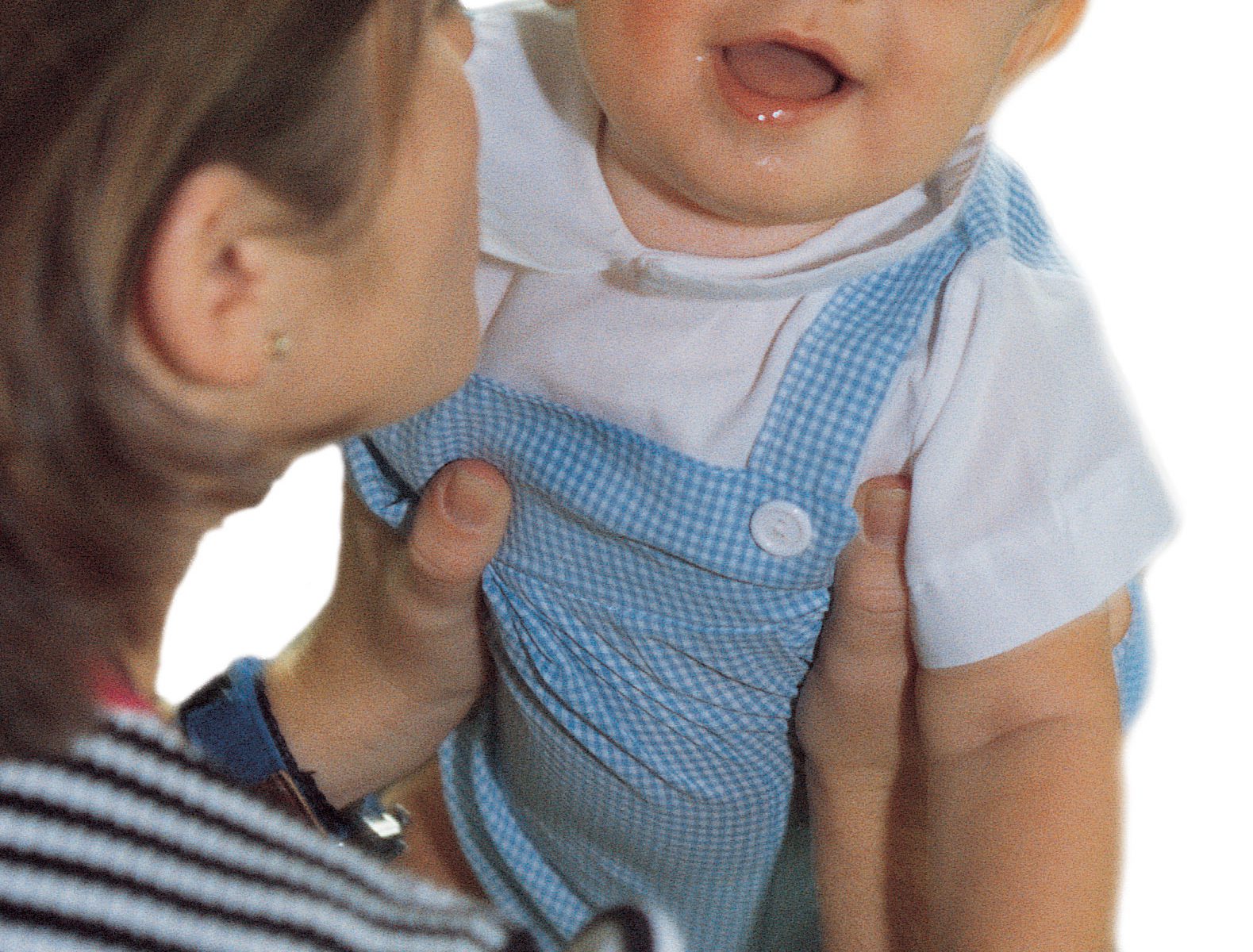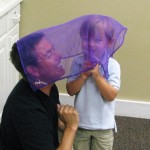Happy New Year from Kindermusik International!
What better way to start the new year than to learn through music and our senses. Are you enrolled for classes in January?
 “Experiences and sensations are learning. Sensations form the base understanding from which concepts and thinking develop. Therefore, sensory enriched environments are imperative to learning.”
“Experiences and sensations are learning. Sensations form the base understanding from which concepts and thinking develop. Therefore, sensory enriched environments are imperative to learning.”
(Smart Moves by Carla Hannaford)
Multi-sensory learning is like glue for the brain. According to Carla Hannaford’s work in Smart Moves, multi-sensory learning partnered with a positive emotional experience leads to learning, reasoning, thought. That’s a Kindermusik class!
Kindermusik Classes use Music, Movement, and our Senses!
Each week in Kindermusik class we are using your child’s senses – eyes, ears, tongue, the skin, etc. – to build a foundation of knowledge. It has been said that learning does not occur without movement, because the brain is not taking in information from the environment. As a result, your child is moving and learning and thinking and creating new ideas.



